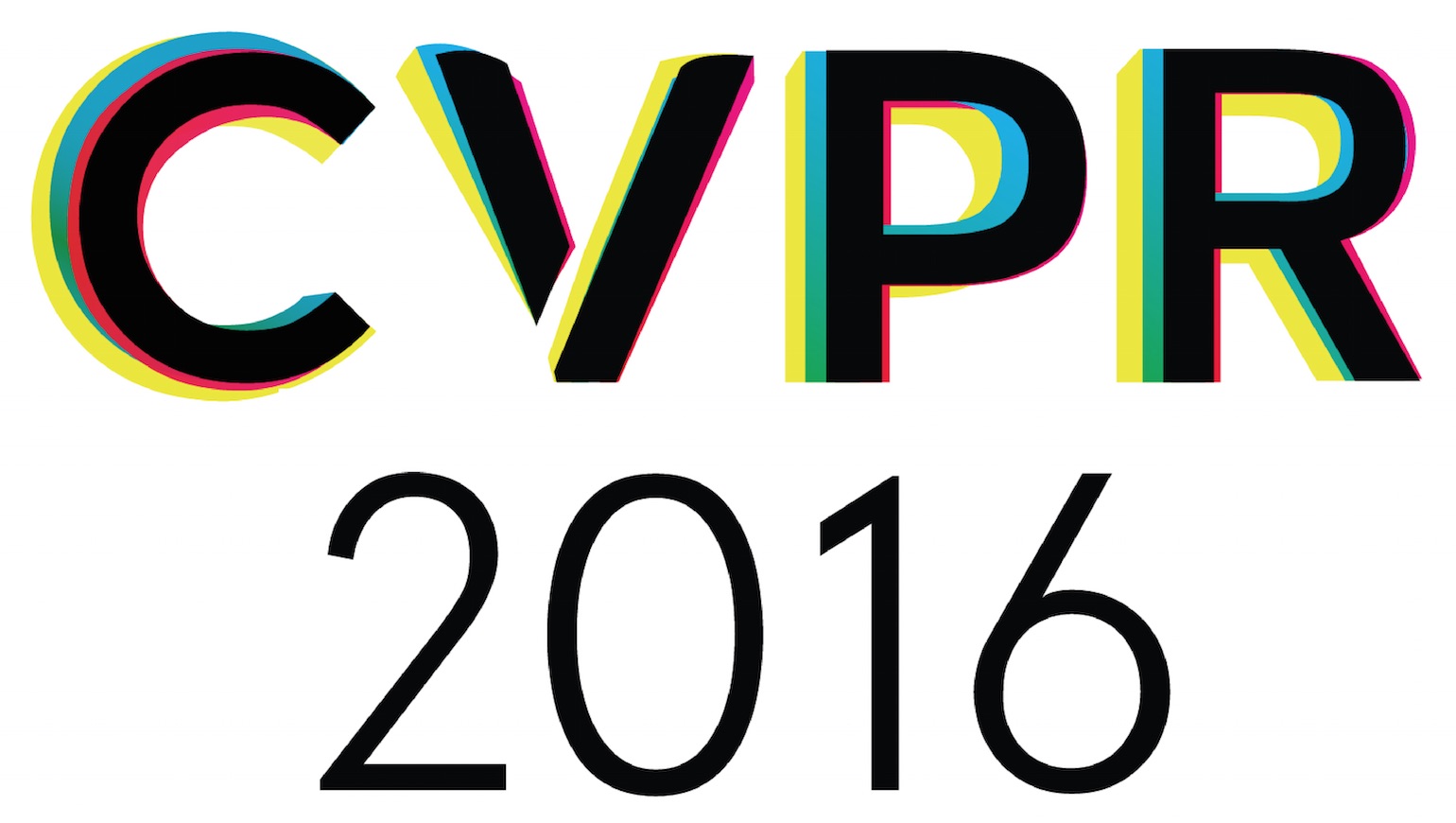-
Occlusion Boundary Detection via Deep Exploration of Context
AbstractOcclusion boundaries contain rich perceptual information about the underlying scene structure. They also provide important cues in many visual perception tasks such as scene understanding, object recognition, and segmentation. In this paper, we improve occlusion boundary detection via enhanced exploration of contextual information (e.g., local structural boundary patterns, observations from surrounding regions, and temporal context), and in doing so develop a novel approach based on convolutional neural networks (CNNs) and conditional random fields (CRFs). Experimental results demonstrate that our detector significantly outperforms the state-of-the-art (e.g., improving the F-measure from 0.62 to 0.71 on the commonly used CMU benchmark). Last but not least, we empirically assess the roles of several important components of the proposed detector, so as to validate the rationale behind this approach.
Related Material
[pdf][bibtex]@InProceedings{Fu_2016_CVPR,
author = {Fu, Huan and Wang, Chaohui and Tao, Dacheng and Black, Michael J.},
title = {Occlusion Boundary Detection via Deep Exploration of Context},
booktitle = {Proceedings of the IEEE Conference on Computer Vision and Pattern Recognition (CVPR)},
month = {June},
year = {2016}
}
These CVPR 2016 papers are the Open Access versions, provided by the Computer Vision Foundation.
Except for the watermark, they are identical to the accepted versions; the final published version of the proceedings is available on IEEE Xplore.
Except for the watermark, they are identical to the accepted versions; the final published version of the proceedings is available on IEEE Xplore.
This material is presented to ensure timely dissemination of scholarly and technical work.
Copyright and all rights therein are retained by authors or by other copyright holders.
All persons copying this information are expected to adhere to the terms and constraints invoked by each author's copyright.

